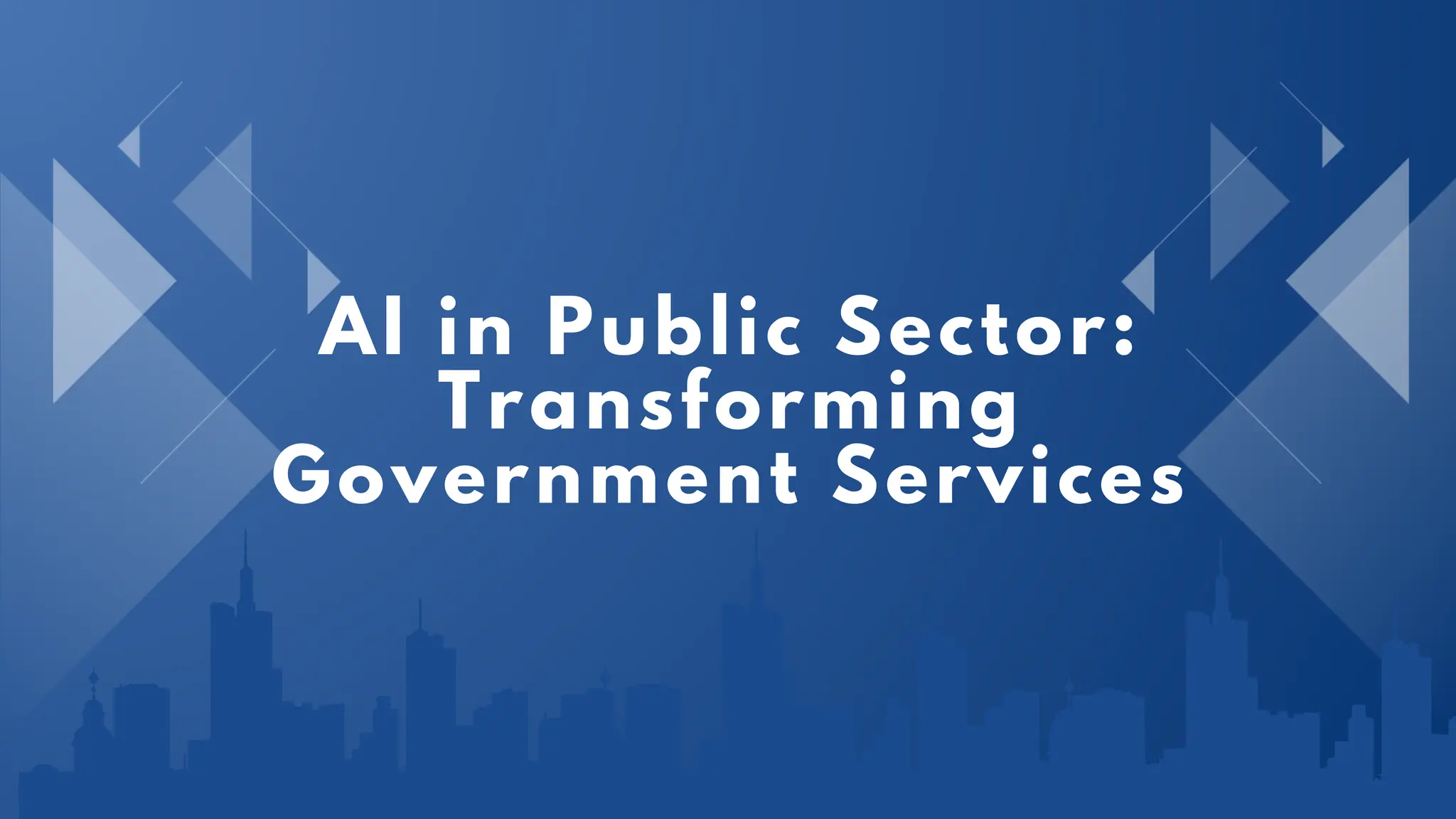Transforming Public Finance: India’s vision of becoming a USD 5 trillion economy depends crucially on the efficiency and strength of its Public Finance Management (PFM) system. A robust PFM ensures that every rupee collected is used effectively, supporting revenue mobilisation, prudent expenditure, accountability, and transparency. Collectively, these factors create the fiscal space necessary for high-impact investments, innovation, and social welfare programs. Ultimately, the success of government initiatives is measured by the value they deliver to citizens and the broader economic impact they generate.
However, traditional methods of managing public finances have long faced recurring challenges. Inefficiencies, delays in fund disbursal to beneficiaries, and limited transparency have hampered effectiveness. With government transactions becoming more complex, the volume of data increasing rapidly, and citizens demanding real-time accountability, older approaches are no longer sufficient. Modern governance requires advanced tools to process large datasets, detect irregularities, and support timely decision-making.
India has made significant progress in this direction through digital infrastructure designed to manage public resources efficiently. The Public Financial Management System (PFMS) is among the largest platforms of its kind, handling critical processes such as fund allocation, sanction preparation, expenditure booking, and real-time tracking of financial flows. By connecting central ministries, state and district administrations, banking networks, and direct beneficiaries, PFMS enhances efficiency, transparency, and accountability across government programs.
The Role of AI in Enhancing Public Finance Management
Real-Time Monitoring and Accountability
Artificial Intelligence (AI) can monitor receipts and expenditures in real-time, flagging irregularities such as delays, idle balances, or potential fund diversions. These alerts can be routed directly to responsible authorities, enabling swift corrective action and reducing financial waste. By continuously analyzing financial flows, AI ensures that government funds are utilized optimally.
Improving Budget Planning and Forecasting
AI can significantly enhance budget preparation and resource allocation. By analyzing historical data, current spending patterns, and projected requirements, AI-driven systems help governments forecast more accurately and allocate resources to high-priority sectors efficiently. This data-driven approach supports evidence-based policy-making and better fiscal discipline.
Fraud Detection and Risk Mitigation
One of AI’s most valuable contributions to public finance is in fraud detection. By identifying patterns linked to duplicate claims, fictitious transactions, and inclusion errors, AI transforms audits from reactive, paper-based exercises into proactive oversight mechanisms. Auditors can then focus on the areas most vulnerable to risk, improving governance and safeguarding public funds.
Read about: UPS Deadline Extended: Finance Ministry Gives Central Government Employees More Time to Opt-In
Targeted, Performance-Based Financial Transfers
India faces diverse fiscal challenges across its regions. While some districts struggle with basic infrastructure, others require rapid responses during natural disasters. AI can integrate multi-dimensional data on poverty, health, education, and climate to design targeted, performance-based financial transfers, ensuring that funds reach areas of greatest need and align with the Sustainable Development Goals (SDGs).
Several Indian states are pioneering AI-driven fiscal initiatives:
- Karnataka has established an AI Cell to enhance governance through technology. Leveraging tools like Computer Vision, Natural Language Processing (NLP), and Large Language Models (LLMs), this cell develops solutions for better fiscal planning and monitoring. One key initiative is the AI-based Government Order Summary and Information Extraction Tool, which enables officials and citizens to easily access and understand government orders, policies, and schemes.
- The Aspirational Districts Programme utilizes dynamic dashboards to track outcomes and support performance-based funding, ensuring resources are allocated efficiently and effectively.

Empowering Citizens Through AI
AI has the potential to bring fiscal information directly to citizens through intuitive dashboards, voice-based assistants, and multilingual platforms. For example, a farmer could ask:
“How much was spent on irrigation in my district last year?”
and receive an immediate, clear response. This capability not only enhances accountability but also empowers citizens, allowing them to engage with government spending and demand better outcomes from public programs.
Conclusion
Artificial Intelligence is redefining public finance management in India, making it more efficient, transparent, and citizen-focused. By enabling real-time monitoring, proactive fraud detection, and data-driven budgeting, AI ensures that government funds are utilized optimally for economic growth and social development.
State-level initiatives, such as Karnataka’s AI Cell and the Aspirational Districts Programme, demonstrate how AI can enhance fiscal oversight, align resource allocation with development goals, and improve service delivery to citizens. These examples highlight the transformative potential of AI in public finance management.
By making fiscal data accessible to citizens through dashboards, voice assistants, and multilingual tools, AI also strengthens public trust and accountability. Citizens gain the ability to track spending, assess program effectiveness, and participate more actively in governance.
In the era of digital governance, AI is not just a technological tool—it is a catalyst for transparent, efficient, and citizen-centric public finance, driving India closer to its USD 5 trillion economy goal.
Also read: Scientists Finally Reveal Biological Basis of Long COVID Brain Fog
FAQs
1. How does AI improve transparency in public finance?
AI enhances transparency by monitoring government receipts and expenditures in real-time, identifying delays, idle balances, or potential fund diversions. Automated alerts allow authorities to take immediate corrective action, reducing waste and improving accountability.
2. What role does AI play in fraud detection?
AI analyzes historical financial data to detect patterns associated with duplicate claims, fictitious transactions, and inclusion errors. This proactive oversight allows auditors to focus on high-risk areas, transforming audits into effective tools for safeguarding public funds.
3. How can AI help in budget planning?
By analyzing past expenditures and predicting future requirements, AI improves budget accuracy and resource allocation. Governments can prioritize high-impact programs and allocate funds where they are most needed, optimizing fiscal outcomes.
4. Which Indian states are using AI in public finance management?
Karnataka has set up an AI Cell to develop solutions like the Government Order Summary Tool using NLP, Computer Vision, and LLMs. The Aspirational Districts Programme uses AI dashboards to track outcomes and support performance-based funding across districts.
5. How does AI empower citizens in understanding government spending?
AI-powered dashboards, voice assistants, and multilingual platforms provide easy access to fiscal data. Citizens can query expenditure in their districts or sectors, gaining insights that promote accountability, informed decision-making, and civic engagement.

1 thought on “Transforming Public Finance: How AI is Driving Transparency and Efficiency in India”